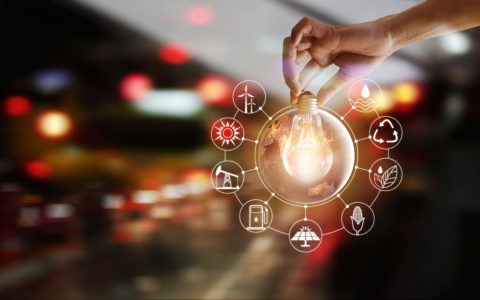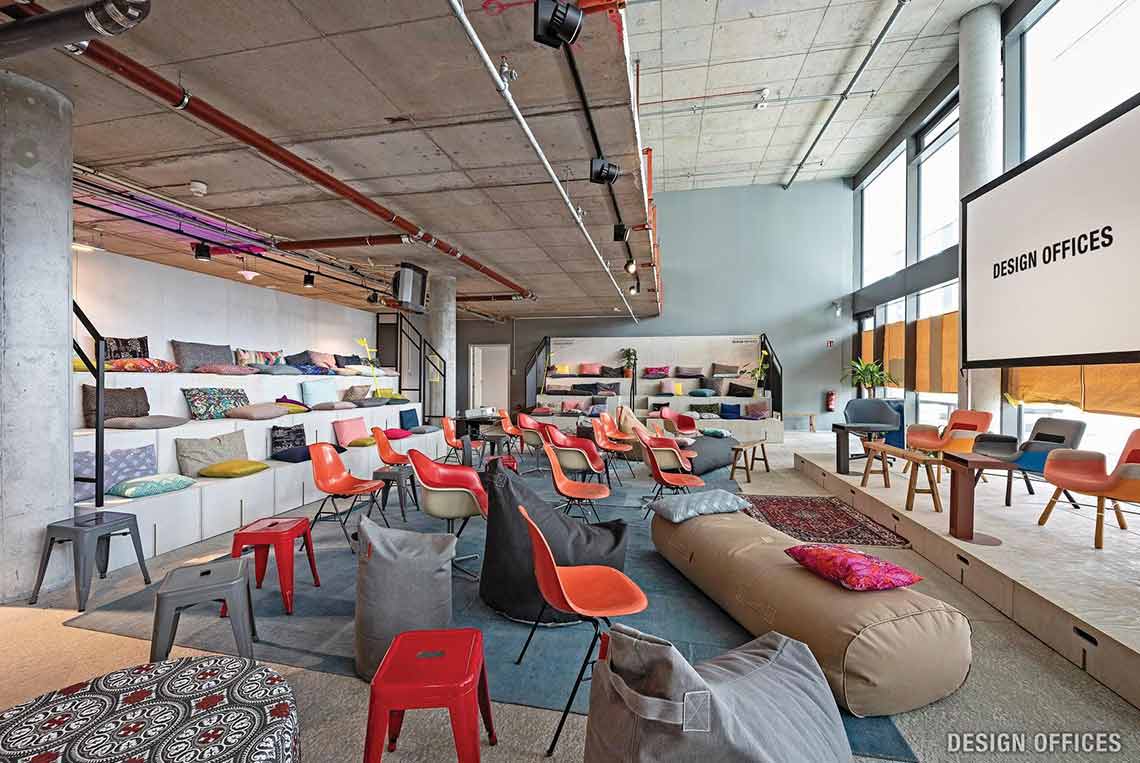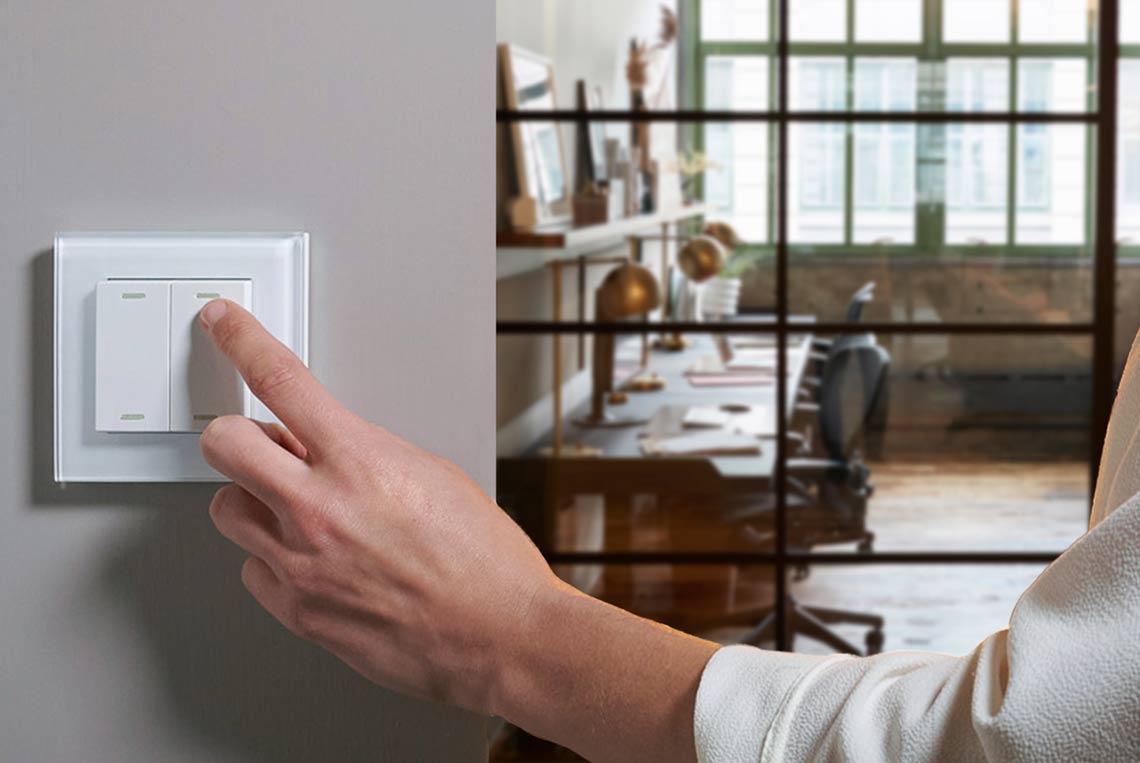Managing connected lighting solutions in real life
Issue 01-2019:
read all articles online
read as pdf
 Internet of Things (IoT) technologies are to deliver smarter, more automated and better-connected systems in new and existing buildings. However, large-scale deployment continues to present a challenge for the industry because systems and practices remain highly “siloed” from the design to operation perspectives. New technologies and scalable approaches are successfully overcoming these obstacles.
Internet of Things (IoT) technologies are to deliver smarter, more automated and better-connected systems in new and existing buildings. However, large-scale deployment continues to present a challenge for the industry because systems and practices remain highly “siloed” from the design to operation perspectives. New technologies and scalable approaches are successfully overcoming these obstacles.
Ethernet based connected lighting
The ability to migrate lighting controls to IP-based infrastructure makes the lighting a key IoT building asset that can be controlled synergistically along with other building functions. More integration also means more meaningful data being collected by a distributed sensor system as part of the lighting network infrastructure.

The reasons of investing in a building IoT infrastructure vary. The real-life large scale connected lighting installation “Blue Sky” in Atlanta (Georgia, US) using Network Connected Lighting as an IoT platform and self-powered EnOcean based wireless sensors illustrates the unique role that IP lighting covers in merging the collected information and operational worlds.
Intelligent presence-based scheduling and Audio Video (AV)
Space utilization and its optimization have been critical aspects in the Blue Sky project. In this case each room also integrates an AV system. The ability to implement presence-based scheduling and automated AV power-up was the main reason for presence detection in each space.
Having the connected lighting system already equipped with occupancy sensors clearly manifested the network sensory nature of the connected lighting system. Not only are the same occupancy sensors implemented for smart occupancy-based lighting automation, they have also been utilized to support AV activation and real time occupancy data for room scheduling and booking via EnOcean relays.
Space utilization
Now it is also possible to book each room from the scheduling system installed on the user computer and, if after 15 minutes there is a “no show” detected by the connected lighting occupancy sensor, the room can be re-booked by other users. Data analytics will take care of running metrics and performance analysis on space optimization in terms of time savings and capacity to host the needs of each department on each floor.
Connected lighting granular deployed temperature and humidity sensor
Usually BMS and HVAC systems have few thermostats in the building. The ability to deploy a granular array of self-powered wireless EnOcean based temperature and humidity sensors leveraging the connectivity already in place, thanks to the connected lighting POE nodes, allows the accurate temperature and humidity sensing capability for each space at a fraction of the cost of a stand-alone traditional HVAC solution. The deployed sensors measure temperature and humidity and pass the collected data to the BAS/HVAC.
Conclusions
Ethernet Based Network Connected Lighting demonstrates the ability to bridge and converge different functions with a single infrastructure as the foundation for highly integrated buildings. Use cases such as smart scheduling, predictive maintenance, space utilization optimization and many more are possible using the sensory network nature of connected lighting infrastructure.
New articles in Smart Lighting
Top articles





